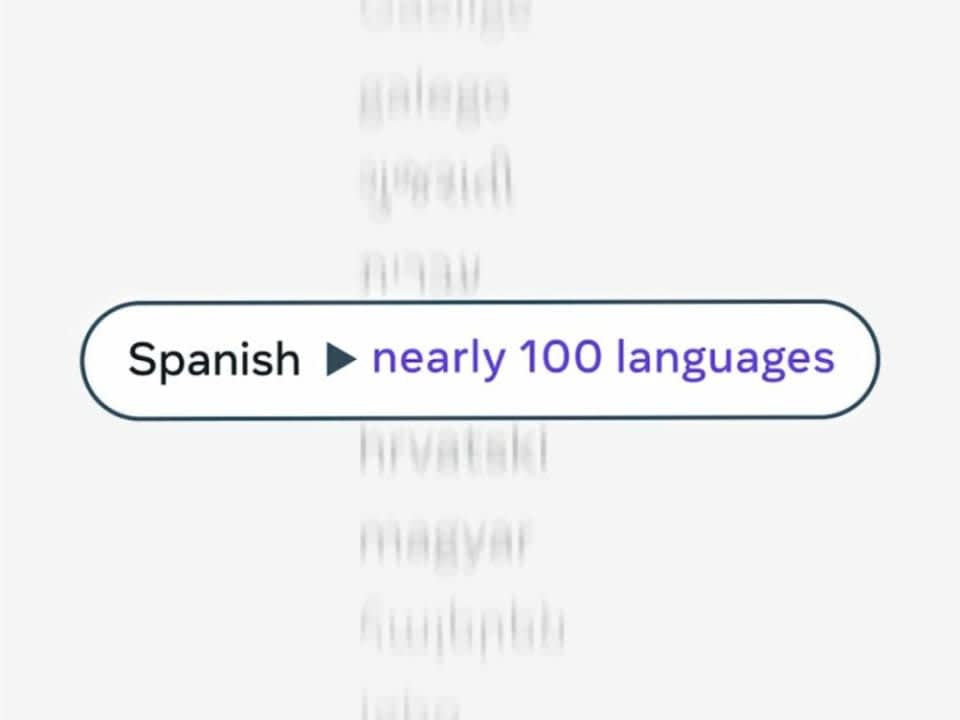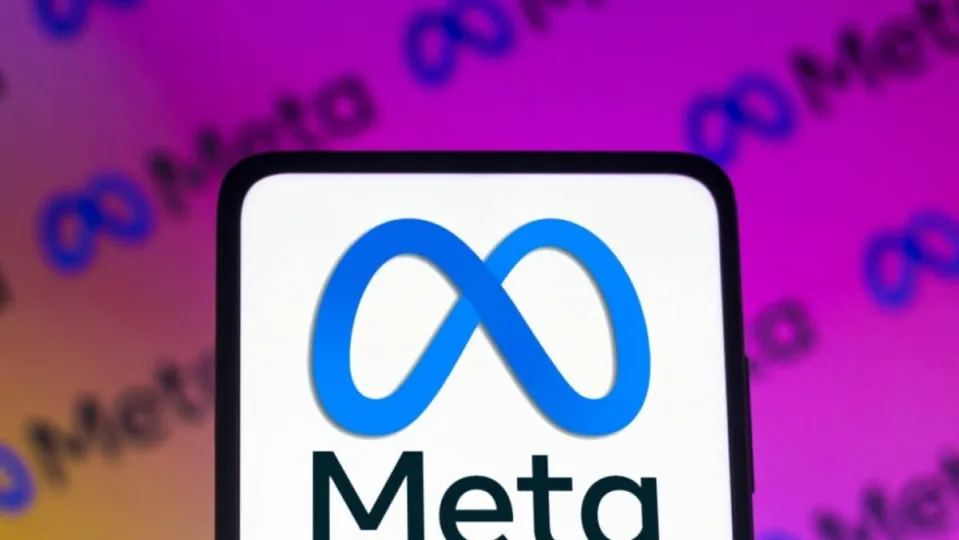Meta has released a new voice-to-text translation model capable of translating nearly 100 languages, called SeamlessM4T, as the company continues its efforts to create a universal translator.
SeamlessM4T, acronym for Massively Multilingual and Multimodal Machine Translation, can reportedly translate almost 100 languages from voice to text and text to text, according to the company. For voice-to-voice and text-to-voice actions, it recognizes 100 input languages and converts them into 35 output languages.
“Building a universal language translator, like the fictional Babel Fish from The Hitchhiker’s Guide to the Galaxy, is quite a challenge, as existing voice-to-voice and voice-to-text systems only cover a small portion of the world’s languages,” explains Meta.
The dream of Artificial Intelligence envisioned by parents in literature
The Babel Fish from The Hitchhiker’s Guide to the Galaxy, as envisioned by writer Douglas Adams, is a fish that you can put in your ear to instantly understand any language.
Meta claims that SeamlessM4T represents “a significant advancement” because this new model performs the entire translation task at once, unlike other large translation models that split translation across different systems.
One of the interesting features of SeamlessM4T, if it works correctly, is its supposed ability to recognize when a speaker switches codes or when someone moves between two or more languages in the same sentence.

For instance, in a video demonstration, Meta showcased how the model can instantly differentiate between Hindi, Telugu, and English. This achievement, up to now, is truly challenging to attain.
SeamlessM4T builds upon Meta’s previous translation models. Last year, Meta introduced its text-to-text automatic translation model “No Language Left Behind,” which supports 200 languages.
They also developed SpeechMatrix, a dataset for multilingual voice-to-voice translation, and Massively Multilingual Speech for voice recognition.
Last year, Meta demonstrated its Universal Speech Translator, which translates spoken Hokkien, a widely spoken language in China that lacks an official writing system, into English.
Language translation is crucial for companies like Meta, which employs thousands of people to moderate a flood of posts on Facebook and Instagram in various languages.
AI, when provided access to a dataset of these smaller languages, can be a tool for companies like Meta to enhance their moderation efforts.
Some of the links added in the article are part of affiliate campaigns and may represent benefits for Softonic.


